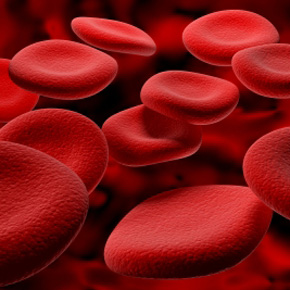 [source] The mechanical rigidity of cells has an important effect on their biological function, especially for red-blood cells (RBC) that have to be flexible and resilient at the same time, in order to pass unharmed through narrow capillaries in the body. The metabolic activity of the RBC controls its rigidity, and generates strong undulations of the cell membrane. The microscopic properties of the molecular motors that generate the RBC membrane activity are poorly understood.
[source] The mechanical rigidity of cells has an important effect on their biological function, especially for red-blood cells (RBC) that have to be flexible and resilient at the same time, in order to pass unharmed through narrow capillaries in the body. The metabolic activity of the RBC controls its rigidity, and generates strong undulations of the cell membrane. The microscopic properties of the molecular motors that generate the RBC membrane activity are poorly understood.
Our work enables to extract useful information regarding these elusive motors from a statistical analysis of the random fluctuations that these motors produce.
Recently, two experiments have attempted to characterize the active nature of RBC membrane fluctuations. We demonstrate that the two different measures used in these experiments can give conflicting behavior. Moreover, we show that the non-Gaussianity, or the deviation of the fluctuations from a thermal distribution, depends non-monotonically both on the activity of the microscopic motors, and on their number. Finally, we show that the “effective temperature” of the fluctuations, can depend non-monotonically on the measurement frequency. Our theoretical calculations can be used by future experiments in order to disentangle the mode of operation of the molecular motors in various biological systems.
Effective temperature of red blood cell membrane fluctuations
E. Ben-Isaac, Y.K. Park, G. Popescu, F.L.H. Brown, N.S. Gov, and Y. Shokef
Physical Review Letters 106, 238103 (2011)
